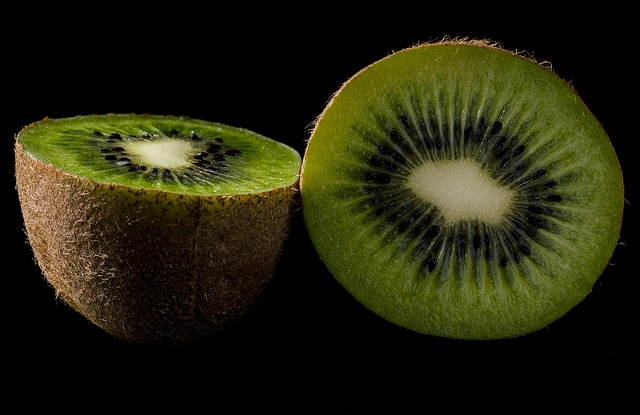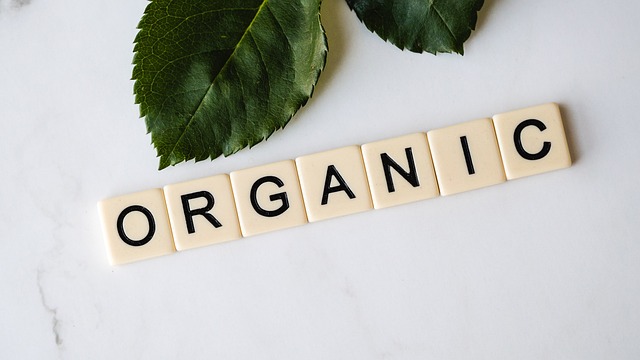Managing Type 2 Diabetes with Diet: What to Eat and Avoid
Discover how to effectively manage Type 2 Diabetes with a balanced diet, highlighting essential foods to include and avoid for stable blood sugar and overall health.
Managing Type 2 Diabetes with Diet: Setting the Foundation

For those managing Type 2 diabetes, diet plays a crucial role in stabilizing blood sugar levels and improving overall health. But navigating food choices can feel daunting, especially with mixed messages about what to eat. The good news? With the right approach, eating for diabetes can be both satisfying and beneficial, emphasizing whole foods that support energy, satiety, and blood sugar stability.
1. Understanding Blood Sugar and Its Relationship to Food
Type 2 diabetes develops when the body becomes resistant to insulin, the hormone responsible for helping glucose (sugar) move from the bloodstream into cells where it’s used for energy. This resistance means sugar can accumulate in the bloodstream, leading to high blood sugar levels. Diet directly influences these blood sugar levels. Foods that quickly convert to sugar, like refined grains and sugary snacks, can cause spikes, while foods rich in fiber, protein, and healthy fats can help stabilize levels, giving a steady release of energy.
2. The Role of a Balanced Plate
Creating balanced meals can be made simple with a visual approach: imagine dividing your plate into sections. Half of the plate should be non-starchy vegetables, such as leafy greens, bell peppers, or zucchini. These vegetables are low in carbs and packed with fiber, helping to moderate blood sugar. One-quarter of the plate can include lean proteins—think fish, chicken, tofu, or legumes—while the remaining quarter can be reserved for whole grains or starchy vegetables in controlled portions, such as quinoa, brown rice, or sweet potatoes.
3. Best Foods for Managing Type 2 Diabetes
Choosing the right foods is essential for keeping blood sugar stable. Here are some star foods that not only support diabetes management but also promote overall health:
Leafy Greens: Spinach, kale, and collard greens are rich in fiber, vitamins, and minerals, which are beneficial for insulin sensitivity.
Berries: Strawberries, blueberries, and blackberries are low in sugar compared to many other fruits, but high in antioxidants and fiber.

Fatty Fish: Salmon, sardines, and trout provide omega-3 fatty acids that help reduce inflammation, supporting heart health, which is especially important for people with diabetes.
Whole Grains: Unlike refined grains, whole grains like oats, quinoa, and barley contain fiber that slows digestion, avoiding blood sugar spikes.
Legumes: Beans, lentils, and chickpeas offer both protein and fiber, which work together to support stable blood sugar.
Focusing on these food groups helps build meals that not only stabilize blood sugar but also support a healthy metabolism, protect against cardiovascular issues, and aid weight management.
4. Hydration and Blood Sugar Levels
Water plays an often-overlooked role in managing blood sugar levels. When blood sugar is high, the body tries to expel it through urine, leading to dehydration if water intake isn’t sufficient. Drinking enough water each day—generally eight glasses—is recommended to help maintain normal blood sugar levels. Opt for water, unsweetened teas, or infused water with lemon or cucumber as refreshing alternatives to sugary drinks.
Managing Type 2 Diabetes with Diet: Foods to Limit and Avoid
While knowing what to eat is empowering, it’s equally important to be aware of foods that can cause blood sugar spikes or negatively impact insulin sensitivity. Avoiding or limiting certain types of foods can make a big difference in maintaining stable blood sugar.
1. Sugary Foods and Beverages
Sugary foods are among the biggest culprits for causing rapid blood sugar spikes. Sweets, sodas, candies, and desserts with added sugars are absorbed quickly into the bloodstream, leading to an immediate surge in blood sugar. For example, sugary beverages like soda and sweetened teas have little to no fiber, protein, or fat to slow down glucose absorption, making them especially problematic for people with diabetes. Instead, choosing naturally sweet foods, like fresh fruit, or enjoying sugar-free beverages can help keep cravings in check without the blood sugar rollercoaster.
2. Refined Carbohydrates

Refined grains, such as white bread, pasta, and white rice, have been stripped of their fiber and nutrients, causing them to be digested quickly and raising blood sugar levels. Whole grains, such as brown rice or whole wheat, offer fiber that helps slow the conversion of carbs to sugar. If transitioning from refined to whole grains feels challenging, start small by gradually introducing options like quinoa or bulgur.
3. Processed and Red Meats
While protein is important, processed meats like bacon, sausage, and deli meats can have high levels of sodium and unhealthy fats that can affect insulin sensitivity and increase cardiovascular risks. Red meat has also been linked to insulin resistance when consumed in excess. Opting for plant-based proteins like beans or lentils and choosing lean poultry or fish can reduce these risks while still providing protein.
4. High-Fat Dairy Products
Full-fat dairy products, such as whole milk, heavy cream, and high-fat cheeses, contain saturated fats that may contribute to insulin resistance over time. Swapping full-fat dairy for lower-fat versions, such as skim milk, reduced-fat yogurt, or cheese, can offer similar flavor and nutrition without the excess saturated fat. Alternatively, unsweetened almond or soy milk can be good dairy-free options with fewer carbohydrates.
5. Snacks High in Refined Carbs and Sugars
Popular snacks, like chips, crackers, and pastries, are often highly processed and full of refined carbohydrates and added sugars. These foods can cause a sudden increase in blood sugar, often followed by a quick drop, which can lead to cravings and overconsumption. Instead, look for snacks that combine protein, fiber, and healthy fats. Examples include a handful of nuts, hummus with veggies, or a piece of fruit with a small amount of nut butter.
Final Tips for Long-Term Success
Eating for Type 2 diabetes is not about perfection; it’s about making consistent, mindful choices. Planning meals in advance, focusing on whole, minimally processed foods, and creating a balanced plate can make a big difference over time. Small changes, such as switching to whole grains, drinking more water, and including fiber-rich vegetables, can become sustainable habits that support blood sugar management and health.
Managing diabetes with diet is entirely possible—and it doesn’t have to mean feeling deprived. With the right approach, you can enjoy a wide variety of satisfying and healthful foods while maintaining better control over your blood sugar and overall well-being.

